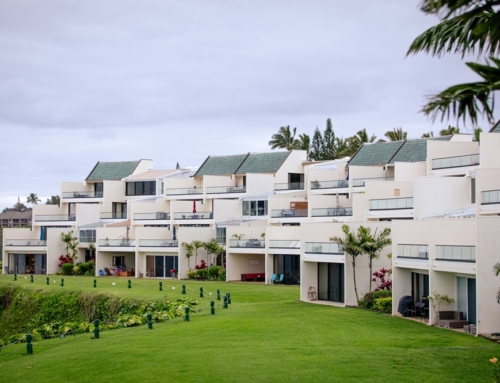You want to buy a foreclosure? Where have you been for the past five years?
Foreclosures are definitely on the decline as fewer homeowners are defaulting on their mortgages. The backlogs of foreclosures that built up during the Robogate mess are largely depleted, and more and more homeowners who find themselves in financial trouble are using short sales to get out from under their mortgage debt and move on. In January, only six states and 13 of the largest 100 metro areas reported a year-over-year increase in the foreclosure rate.
In most real estate markets, prices are rising on foreclosures, selection is thin, and home buyers find themselves competing with aggressive investors willing to pay all cash. Experts believe within two or three years we’ll be back to “normal,” e.g., the way things were before housing crash in 2006. Of course, there always have been foreclosures to be found, just not very many—nothing like the 4.2 million foreclosures that have come onto the market since 2008.
Yet there are still foreclosures to be purchased—about 1.2 million are still in the processing pipeline, delayed due to state laws or legal challenges. Some 61,000 foreclosures came onto the market in January, 17.6 percent fewer than a year ago.
Location, location, location
For a variety of reasons, foreclosure inventories and prices vary greatly by geography. Different state laws can slow down foreclosure processing; most of the 1.2 million backlogged foreclosures are located in a few of these states. Local economic conditions still are creating new foreclosures in certain markets. Demand is being driven by investors eager to do deals before prices rise higher. Most of the largest investors are located in the states where most foreclosures have occurred: Arizona, California, Florida, and Nevada.
Recently, RealtyTrac published its recommendations for the ten best places to buy foreclosures in 2013, based on available inventory and the average foreclosure discount (the difference between the median price of foreclosures and the median price of all home sales in the market). To select the best places to buy foreclosures in 2013, RealtyTrac scored all metro areas with a population of 500,000 or more by summing up four numbers: months’ supply of foreclosure inventory, percentage of foreclosure sales, foreclosure discount, and percentage increase in foreclosure activity in 2012.
Topping the list of best places to buy foreclosures in 2013 was the Palm Bay-Melbourne-Titusville metro area in Florida with a total score of 394: 34 months’ supply of inventory, foreclosure sales representing 24 percent of all sales, average foreclosure discount of 28 percent, and a 308 percent increase in foreclosure activity in 2012 compared to 2011.
Five other Florida cities ranked among the top 20 best places to buy foreclosures: Lakeland, Tampa, Jacksonville, Orlando, and Miami.
In addition, the list includes five New York cities, based largely on big backlogs of foreclosure inventory and big increases in foreclosure activity in 2012: Rochester, Albany, New York, Poughkeepsie, and Syracuse.
Steve Cook is Executive Vice President of Reecon Advisors and covers government and industry news for the Reecon Advisory Report.
Cook is a member of the National Press Club, the Public Relations Society of America and the National Association of Real Estate Editors, where he served as second vice president. Twice he has been named one of the 100 most influential people in real estate. He is a graduate of the University of Chicago, where he was editor of the student newspaper. In addition to serving as managing editor of the Report, Cook provides public relations consulting services to real estate and financial services companies, and trade associations, including some of the leading companies in online residential real estate.







